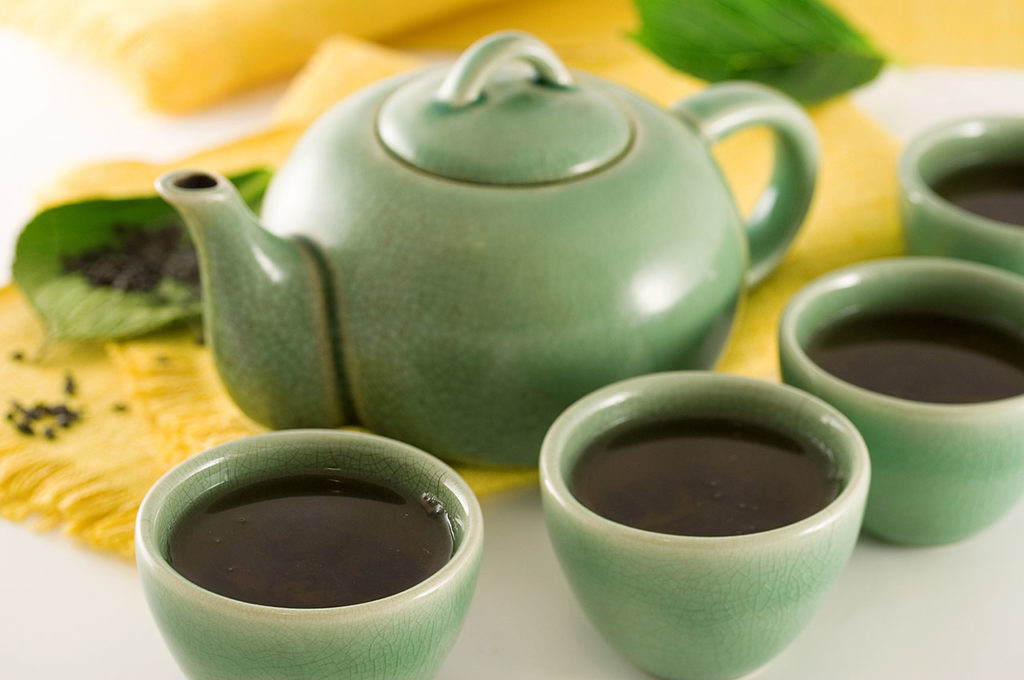
Green Tea, one of the oldest drinks in and across the world is being touted as promoting anticancer conditions in the body. For thousands of years, the Chinese have used green tea to treat everything from headaches to depression. According to long-time tea researcher John Weisburger, PhD, senior researcher at the Institute for Cancer Prevention in Valhalla, N. Y., green tea has about eight to 10 times the polyphenols found in fruits and vegetables.
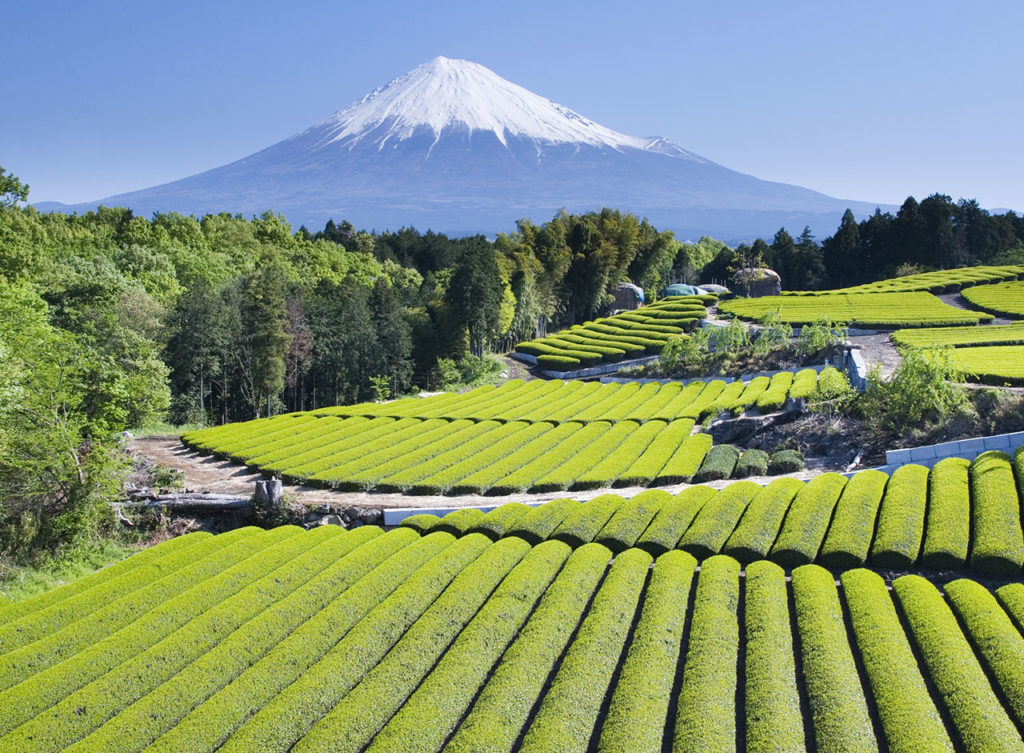
Green tea originates from China and has become associated with many cultures in Asia from Japan to the Middle East. Recently, it has become more widespread in the West, where black tea is traditionally consumed. Many varieties of green tea have been created in countries where it is grown. These varieties can differ substantially due to variable growing conditions, processing and harvesting time.
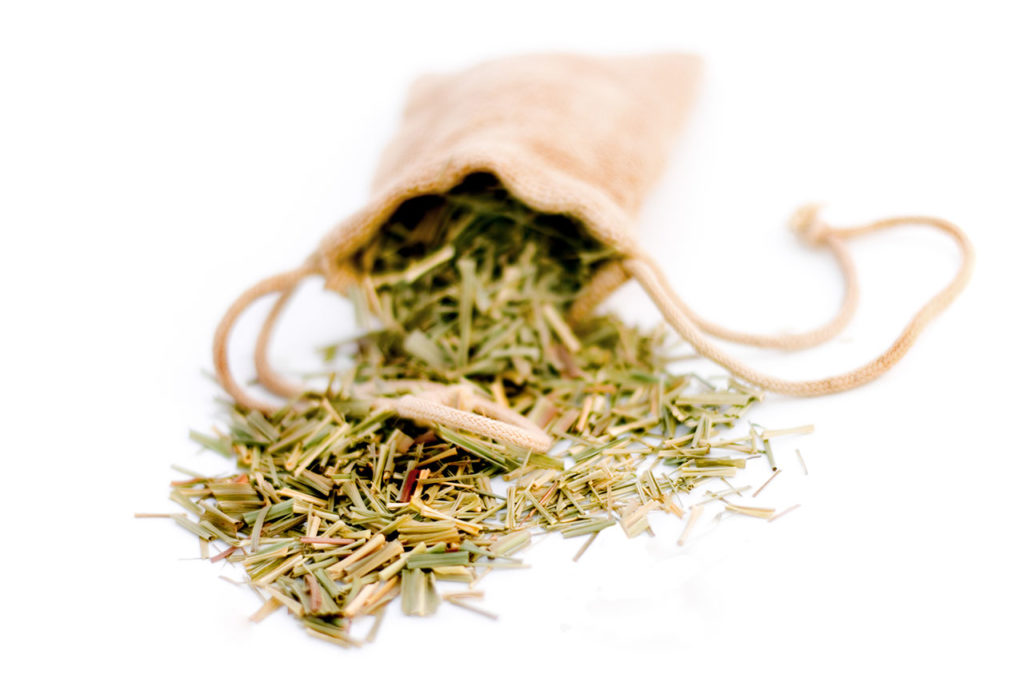
One bag of green tea contains:
- 0 calories
- 0.06 mg of caffeine
- 80-100 mg of polyphenols
- 25-30 mg of which are EGCG
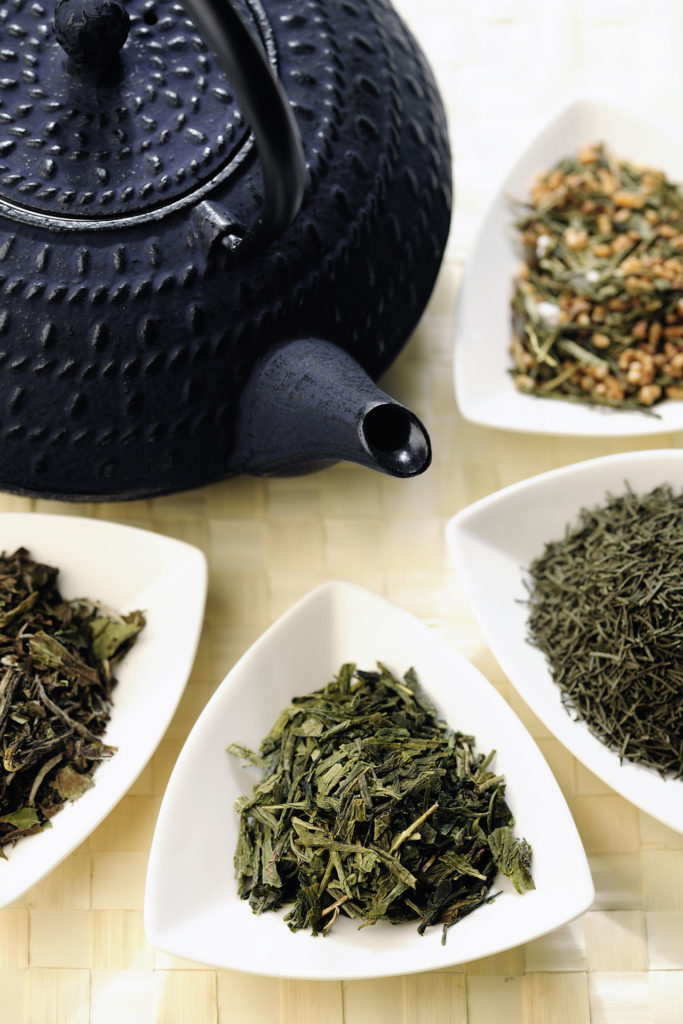
Black, Green, White or Oolong…what’s the difference?
Black Tea: the leaves are allowed to wither and dry under hot blown air before being rolled to break the membranes between the cells. Enzymes, naturally occurring in the leaves, then oxidize the polyphenolic compounds in the cells and create changes in color, taste, and aroma. Catechins: 3%-10%.
Green Tea: the leaves of green tea are not oxidized, but rather heated and steamed before being rolled. The heat prevents “fermentation” by inactivating the enzymes. The lack of oxidation results in the “green” tea that is lighter (greener) than black tea. Catechins: 30%-42%.
Oolong Tea: is processed to be somewhere between black and green tea. It is only partially oxidized and is often perfumed and flavored with jasmine flowers. Catechins: 8%-20%.
White tea: the teas is produced form the tip buds of a special tea plant produced only in a province of China.
Catechins: a polyphenolic compound which are flavonoid pigments, tend to be found in higher concentrations in young tea leaves than in older leaves. Green tea has the greatest amount which gives this tea its metallic taste.
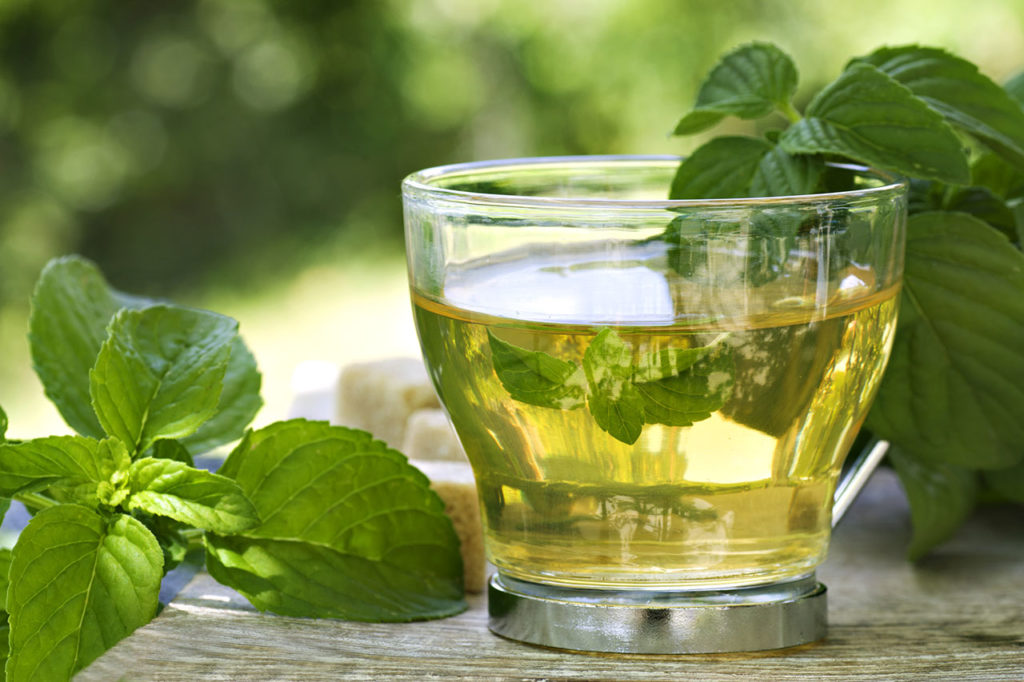
A few more definitions that help understand green tea or really any food chemistry are:
Polyphenol: an antioxidant phytochemical that tends to prevent or neutralize the damaging effects of free radicals.
Phytochemical: a chemical compound occurring naturally in plants.
Free Radical: unstable and highly reactive atoms or molecules that have one or more unpaired electrons in the outer orbital.
coke with green teagreen tea ice creamvodka with green teadonutkit kat
Just because it says Green Tea on the label, doesn’t mean that it is Healthy!!!
Reference List
- Wright H. What’s Brewing? New Evidence of Benefits Fom Tea: An EN primer. Environmental nutrition [serial online]. October 2006; 29,:1. Available from: Agricola, Ipswich, MA. Accessed April 5, 2010.
- What’s So Special About Green Tea? Tufts University Health & Nutrition Letter [serial online]. February 2010;27(12):4-5. Available from: Health Source: Nursing/Academic Edition, Ipswich, MA. Accessed April 5, 2010.
- Green Tea Research Uncovers Cell Pathways, Medical College of Georgia, 2002 July 3, Christine Hurley Deriso.
- Green Tea Shows Promise as Chemoprevention Agent for Oral Cancer, M.D.Anderson, Medical Devices and Surgical Technology Week, Newsletter, 2010
- Understanding Food, Amy Brown, Third Edition.
- Understanding Nutrition, Ellie Whitney, Sharon Rady Rolfes.
- Anti Cancer, A new way of Life, David Servan-Schreiber, MD, PhD, 2009.
